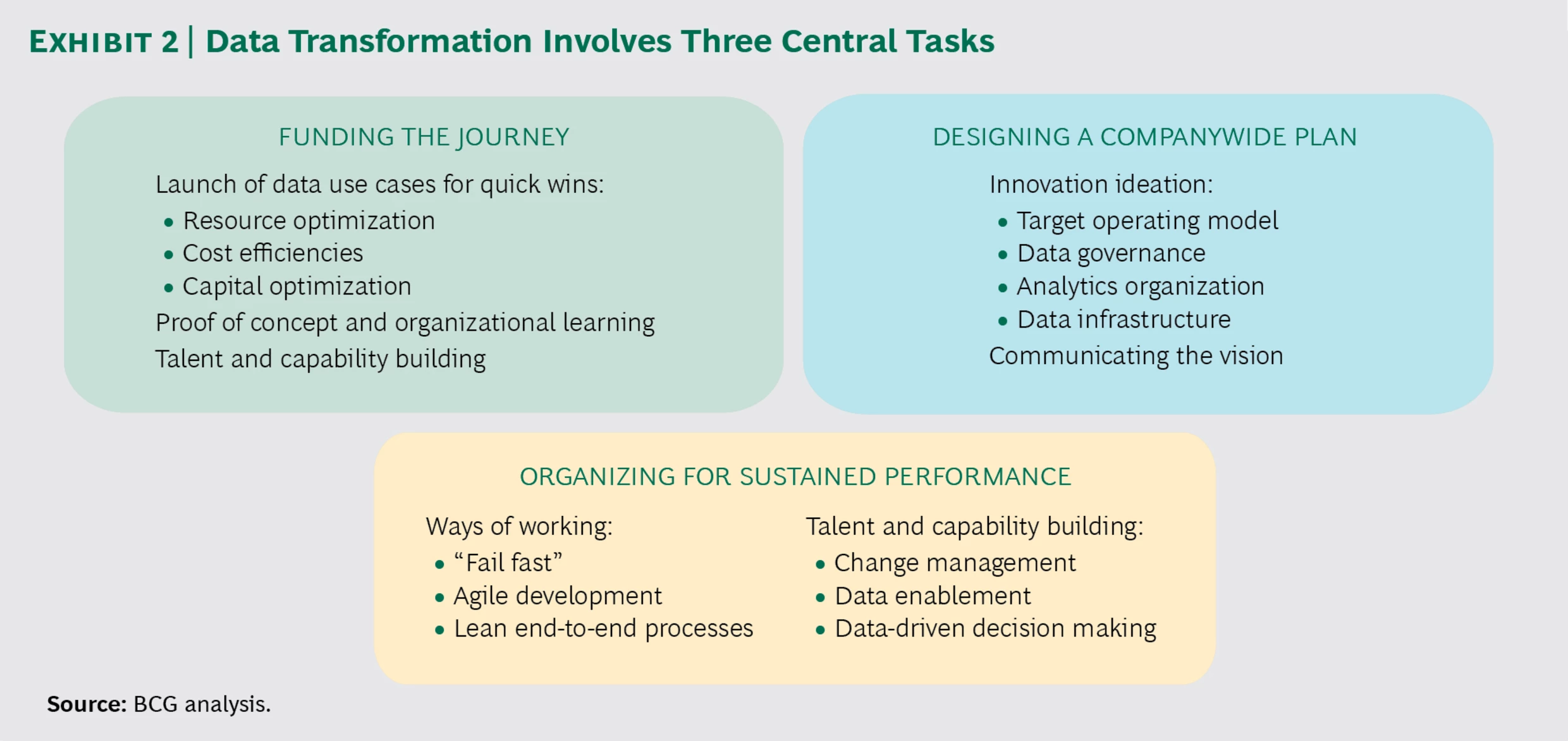Workforce 4.0 is derived from the IoT (internet of things), and is a business strategy that uses new technology as a means to enhance visibility, efficiency, control and customer satisfaction. It’s a step up from standard automation and develops into an interconnected and sometimes mobile system of information and process optimization by weaving workers into the information chain. Companies that are implementing Workforce 4.0 are reaping the benefits of better lean manufacturing implementations including reduced inventory investment, higher throughput, improved productivity and less downtime. The food manufacturing business is notoriously thin-margined and that’s why serious food manufacturers are studying and implementing workforce 4.0 practices.
As manufacturing processes across industries are already optimized with components of automation, the ability to implement effective automation is simply table-stakes at this point. When you factor in that across food manufacturing it’s becoming increasingly difficult to hire line workers and retention is a problem, you can see why turning our focus onto the worker can make a lot of sense.
Driven by companies continuing to seek competitive advantage, workers are going to play a more integral role in increasing productivity and business value. But once everyone is automated, where can the difference be had?
With Workforce 4.0, rather than an outright replacement of workers by automation, a realignment of roles is necessary to properly support the new flexibility that real-time operational and production information can deliver. The standard job of sitting on a conveyor belt routinely doing a task over and over will no longer be present as those positions can be better optimized by robots. However, the maintenance, coding, implementation of all these automatic processes will open an entire new array of opportunity. Jobs that require a human’s dexterity will be improved with augmentation such as real-time virtual 3D training and information support. Moving to production lot sizes of 1, workers will be provided parts and directions for every assembly they touch. Workers will have access to real-time productivity measures so that they can make adjustments on the fly rather than after the fact. The result is less waste across the board.
With the required competitive change management will need to place a priority in the upscaling of its workforce in order to obtain the best out of its employees and newfound technology. Inspiring a new workforce to appreciate the greater impact of their functions!
We may come to see a day where there is no place for the average worker in the smart factory, but that is still a wishful thought far away. For a truly connected factory new workers will need to focus on advanced planning and scheduling, as well as the ability to act in real-time to allocate the resources of the factory to the common achievement of a fully optimized process.
It is important to realize that with improving technology it is in our best interests to modernize every manufacturing process. With any modernization changes are required, but replacement isn’t. With the adaptation of any new function, new jobs are created to fill that new skill gap. In a manner to preserve workers in the food manufacturing industry simple retraining to further develop and generate skills in an existing workforce will allow for a more seamless transition into a connected food-factory.















